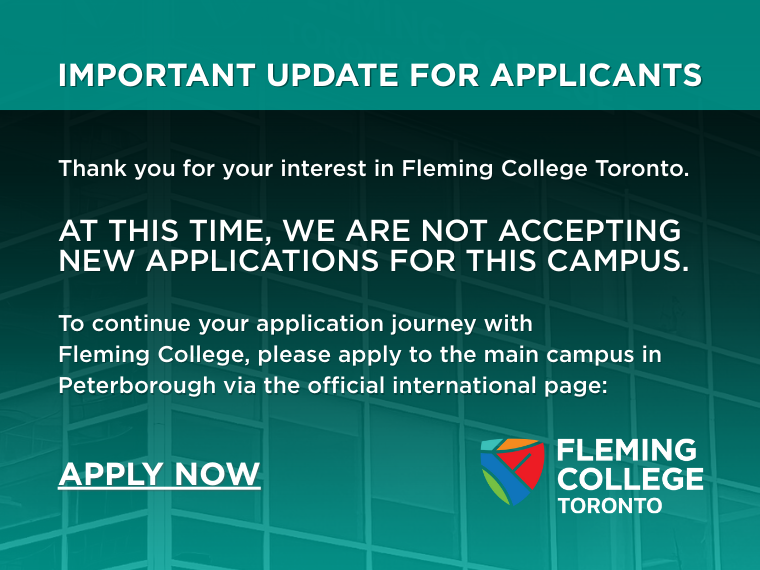IELTS Writing Task 1: Structure & FAQ
- November 17, 2022
- Study Tips

IELTS writing takes 60 minutes and includes two writing tasks. Writing Task 2, which was covered in this blog post, tests your ability to express a subjective opinion. Writing Task 1, on the other hand, is more objective.
There are two versions of IELTS Writing Task 1: the general version, and the academic version. If you want to use IELTS to enter a college or university, you will be writing the academic version.
IELTS Academic Writing Task 1 Test Format
Academic Writing Task 1 involves writing about a graph, chart, table, or illustrated process. Regardless of which you choose, the format is essentially the same for all writing tasks.
Writing Task 1 should be at least 150 words and completed in 20 minutes. Many teachers advocate writing four paragraphs, but it is possible to write only three if you follow our suggested structure.
Paragraph 1: Introduction & Overview
Word Count: 50 Words
First Sentence (Introduction Sentence): Introduce the topic of the graph, table, etc. What is being measured? What is the unit of measurement? Are there times and dates that need to be mentioned?
Do not interpret any of the data. Do not compare any of the data. Instead, it can be useful to complete this sentence: “This graph shows ______________.”
Second Sentence (Main Features): Write a sentence or two that describes the main features of the graph, chart, or table. Mention the highest points and the lowest points. If there are other interesting features that you would like to explain later, mention them here too.
Do not explain why these points are interesting. Do not explain why one point is high or one point is low. Don’t interpret the data.
Some sample sentences that can be useful here:
“The most interesting trend was ______________.”
“The biggest change over the given time period was ______________.”
Paragraph 2: Body Paragraph A
Word Count: 50 Words
Pick one of the main features that you mention in the first paragraph. Now, you can explain this feature in detail. You can do this in 3 – 5 sentences.
Mention all the numbers and measurements that are relevant to this feature. This might feel like you are simply copying down the data that you see in the chart or table. That’s okay! This is exactly what you want to do in Writing Task 1. Again, this is not about forming an opinion or an argument.
You can also compare features here. Look for opposites or contrasting data points, as they are easiest to describe.
Paragraph 3: Body Paragraph B
Word Count: 50 Words
Just like in the previous paragraph, all you have to do now is describe the main feature. Follow the same method as above. When done, you do not have to write a conclusion. Simply move on to Writing Task 2.
Need more guidance? Check out the small list of FAQ below.
FAQ about IELTS Academic Writing Task 1
Q: How can I improve my writing?
A: The best advice is the simplest: read a lot and write a lot. Reading will help you develop a natural sense of how words, sentences, and paragraphs fit together. Studying grammar is helpful, but reading will improve your knowledge of collocations, something that is hard to internalize by rote memorization alone.
Apart from that, receiving feedback from a trained IELTS instructor can help you discover what areas of your writing you need to work on. Consider working with a tutor or taking classes like those offered by The Language Gallery Canada (TLGC).
Q: How many paragraphs should I write?
A: As mentioned above, you can write three or four paragraphs. If you decide to do four instead of three, simply separate the first two sentences into separate paragraphs. The first sentence can be an introductory paragraph, and the second can be an overview paragraph.
Q: Should I write a conclusion for Task 1 Academic?
A: Unlike in Writing Task 2, a conclusion is not required.
Q: How many words should I write?
A: You should write at least 150 words. Many students find that this is too short and feel they need to write more. If you feel this way, aim for 200 words instead.
However, be careful not to write too much. A longer answer means that you probably spent more time writing it. The time used for Writing Task 1 is time taken away from Writing Task 2. This is because as soon as you finish Task 1, you can begin Task 2.
You only get 60 minutes for both tasks. If you finish Task 1 in 20 minutes, you have 40 minutes for Task 2. If you finish Task 1 in 30 minutes, then you have only 30 minutes for Task 2. This is definitely not enough time for Task 2, so plan accordingly.
To learn more about language requirements for FCT, visit this page or email info@flemingcollegetoronto.ca
Read more blogs
Stress to Success: Managing Personal Challenges to Improve Academic Honesty
Learn about the complex reasons behind academic dishonesty.…
The Benefits of Studying Abroad
Find out how living abroad can change your life for the better.…
How to Have the Full College Experience: Student Clubs
Enjoy your college years and learn about the exciting possibilities of joining a student club.…



